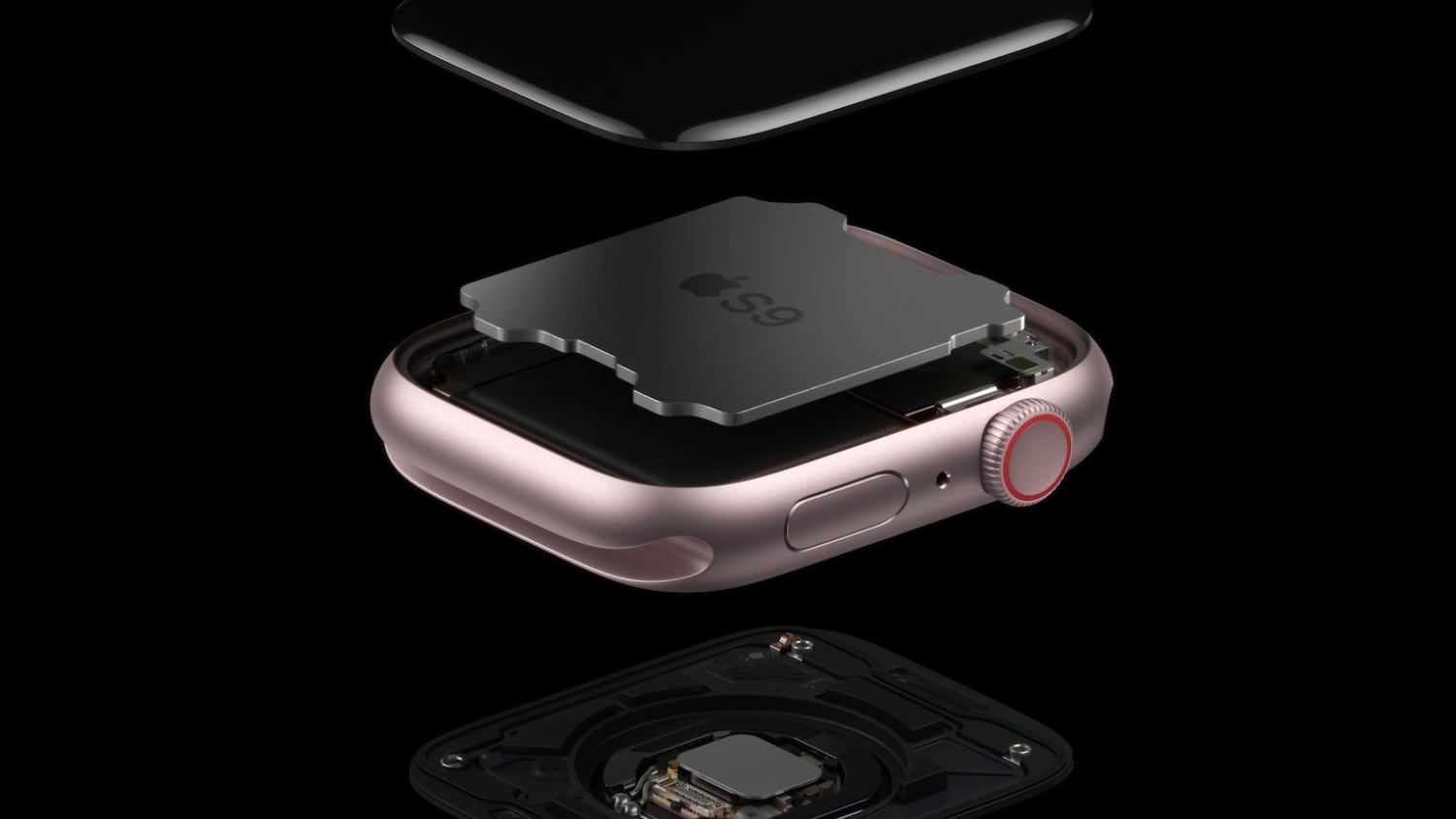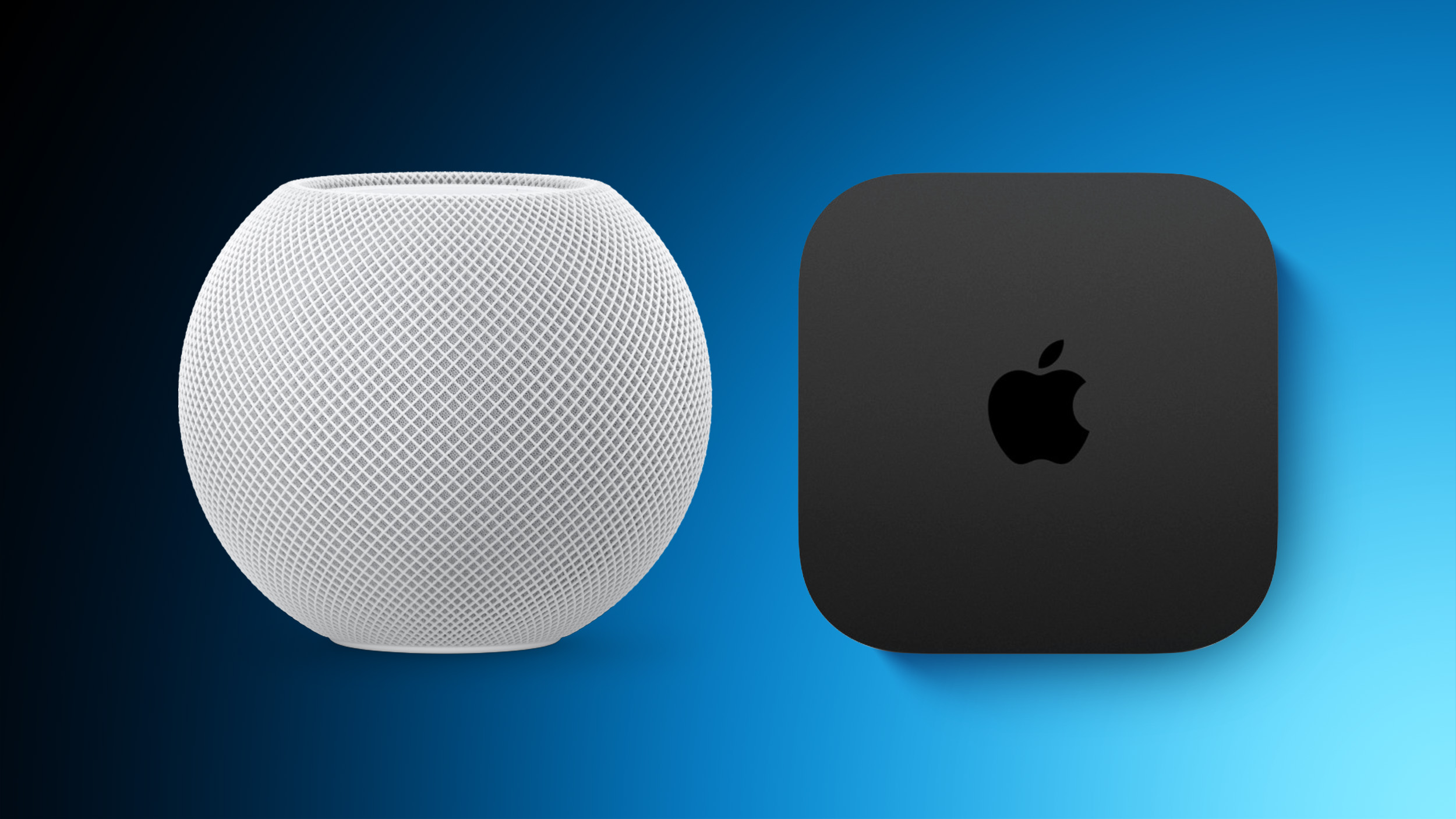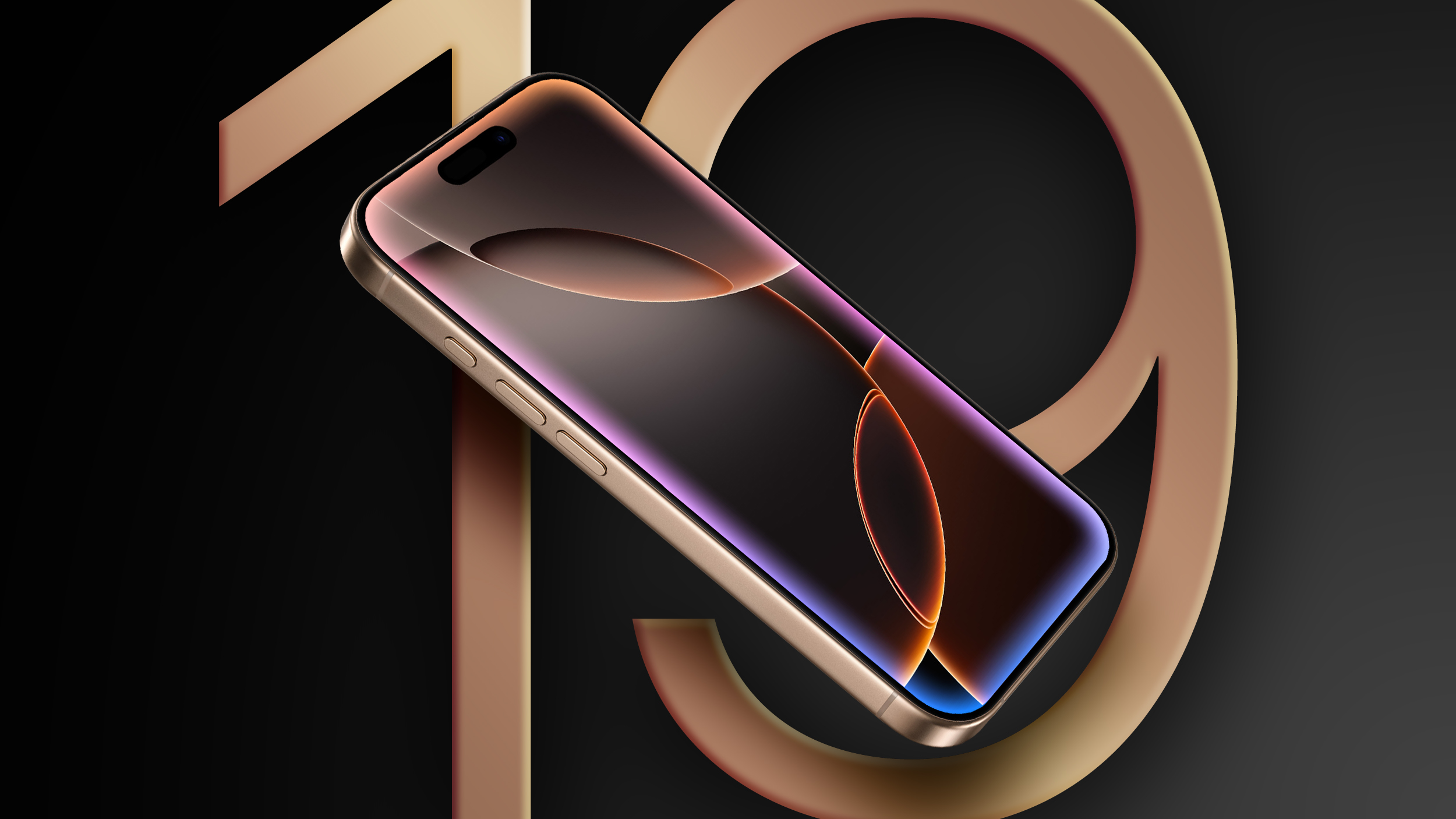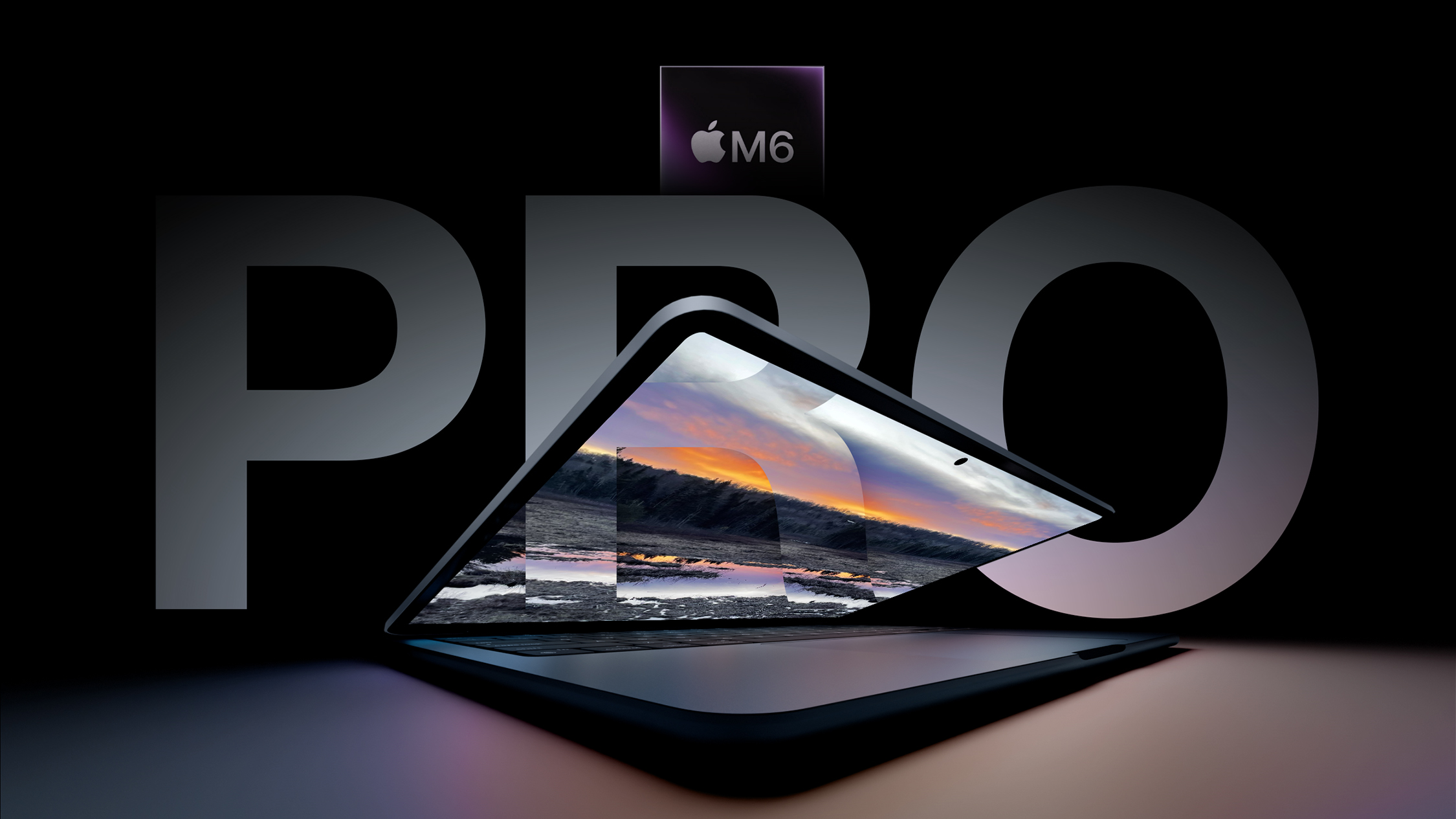What is 8K TV and does it really matter?

Widescreen, flatscreen, curved, 3D, HD, Full HD, 4K HDR. What’s the next thing you’ll find appended to this recent list of television evolution? 8K.
That’s right, the TV industry is pushing forward with its next big thing, giving manufacturers something new and shiny to sell to you.
But is your 4K TV about to become redundant? Not quite. Stick with us and we’ll explain everything.
What is 8K?
If you’ve been following the TV story in recent years, you’ll already know that 8K is a step forward from 4K. It refers to the resolution of the display. While 4K is 3,840 x 2,160 pixels, 8K moves up to 7,680 x 4,320. That means there are 7,680 pixels on the horizontal axis and 4,320 on the vertical.
You might hear it referred to as 4320p (like Full HD was 1080p), you might hear it referred to as Ultra HD 8K (4K was also branded as Ultra HD), or Super Hi-Vision (as Japanese broadcaster NHK is calling it), but most of the industry has settled on calling it 8K.

But don’t make the mistake of thinking that this is just about pixels, because this is also about HDR – high dynamic range – too. Going forward, HDR is part of the package of what your TV will deliver and so far, 8K TVs have launched with everything that a manufacturer has to offer, as they have been flagship level.
Is there an 8K standard?
Whenever anything happens in TV, there’s a set of standards and some badging that comes along. In the case of 8K, we’re seeing different factions pushing 8K standards and wanting to push its label as the one to look for.
The 8K Association (8KA) – an industry body formed to oversee the development of the 8K ecosystem – has outlined some basic public specs for what an 8K TV should offer, including: 7,680 x 4,320 pixel resolution; input frame rates of 24p, 30p, 60p; more than 600 nits peak brightness; HEVC support; and HDMI 2.1.

A new 8K Association Certified logo from the 8K Association marks out 8K TVs that pass a certain standard. Samsung has reiterated its commitment to the 8K Association, but 22 companies are now members of the 8KA so expect to see the logo spread far and wide.
Rival LG has teamed up with the Consumer Technology Association (CTA) in the US to standardise 8K TVs under the 8K Ultra HD banner. LG will also be using the expression “Real 8K”, suggesting that anything else isn’t real 8K.
Ultimately, most of this doesn’t matter: for 4K we saw a similar range of labelling but that seemed to have little impact in stores.
Who is making 8K TVs?
TV manufacturers don’t stand still. You’ll remember how quickly 3D came and went, based on the reaction of customers. It was heralded as “the next big thing” at the time and now it’s barely supported.
Samsung is offering 8K models in its 2021 Neo QLED range – which uses Mini LED technology – while there are 8K options in the 2020 QLED line-up too. If you’re after an 8K TV, then Samsung is probably going to be one of the more affordable options.
Sony has also produced a number of 8K televisions in its flagship Z line, which uses full-array LED lighting. Elsewhere, LG offers an 8K OLED, but it’s from the Signature ZX range, so it’s very expensive. LG does, however, offer 8K in its NanoCell and new QNED ranges.
There are other brands offering 8K models too – like TCL, Toshiba and Hisense.

Why do you need an 8K TV?
This is the million-dollar question. With 4K HDR now well in the mainstream, the justification for 8K is pretty tough, especially as those Ultra HD TVs are so good.
The real justification for 8K comes down to growing demand for size. People are buying bigger TVs and are happy to have bigger TVs in their homes. Where 15 years ago you might have had a 28-inch TV, now 55-inch is common; 65-inch and above is where most of the growth in TV sales is expected in the next 5 years.
You can currently get big 4K HDR TVs – up to about 85 inches – but it’s in these larger sizes that the 8K benefits will reside. As the screen gets bigger – and you stay sitting in the same place – more pixels means more visible detail.

It’s likely that you’ll have 4K up to 60 inches and then 8K above that in the future, so 8K only really applies to those bigger sizes – if the TV is too small, the pixels will be too tightly packed for you to be able to see any difference in the image.
But why do people want bigger TVs? It’s to increase the sense of immersion.
As detail increases, you can sit and marvel in front of a huge image that feels like it’s engulfing you. It’s here that big 8K TVs have a natural advantage because it increases the angles that light comes into your eyes.
This, in turn can increase the separation between fore and background, creating more of a pop to visuals, and giving you a more immersive viewing experience. Of course, you can’t sit too close because you’ll have to constantly move your head to see the full image, so minimum viewing distances still apply.
What about 8K content and upscaling?
We’ll talk about these two things together because practically there is no actual 8K content right now. There are some samples, there’s support for 8K resolution on Vimeo and the Japanese broadcaster NHK is aiming to film the Tokyo Olympics 2020 in 8K (when it happens in 2021), but otherwise, the implementation isn’t widespread.
There’s no support from optical discs, there’s no Netflix in 8K and it’s not a format that’s being widely used for content capture either. That may change in 2021 as some smartphones like the Samsung Galaxy S20 now offer 8K capture. But that’s a long way from it being a studio standard that’s widely available.
So 8K in the now and the foreseeable future is all about upscaling. What will 8K upscaling do? It will use AI to analyse images and correct them, boost colour and replace information that might be missing by analysing previous frames. It will sharpen edges, remove jagged edges on things like text and reduce noise in areas where there’s not a lot of data – like the block colour of a blue sky for example.
None of this is really new, but it is a more advanced system, than is used on many 4K televisions.
Samsung confirmed to us in 2019 that it was using machine learning and AI in its 8K upscaling solution, but the power demands will also be high, as there will be a lot of processing to do.
So that’s the story so far: there’s no content, but everything you pump into an 8K TV is going to be upscaled to make it look better.
Is an 8K TV upgrade worth it?
This very much comes down to who you are and what you demand from your TV. Let’s separate the argument from resolution: A flagship TV is designed for the best performance, regardless of the content that you’re feeding into it. It’s also the company’s 8K TV and that upscaling performance is great. So buying a top-level 8K has some merit, because you’re not just buying resolution.
At the same time, the lack of 8K content from a convenient source might pose something of a barrier to adoption for many people. That, we’re sure, will come crashing in over the next 3-5 years, at which point we’re expecting 8K to be much more commonplace. With that in mind – and the average life of a TV set being around 5 years at least – there’s probably a lot of evolution to come before you’ll be natively watching 8K content and getting the most from an 8K TV.
With that in mind, it’s hard to recommend a “cheap” 8K TV which we might see appear over the next 12-18 months. If you’re not buying quality, you’ll probably not get a great 8K experience.
squirrel_widget_176751






